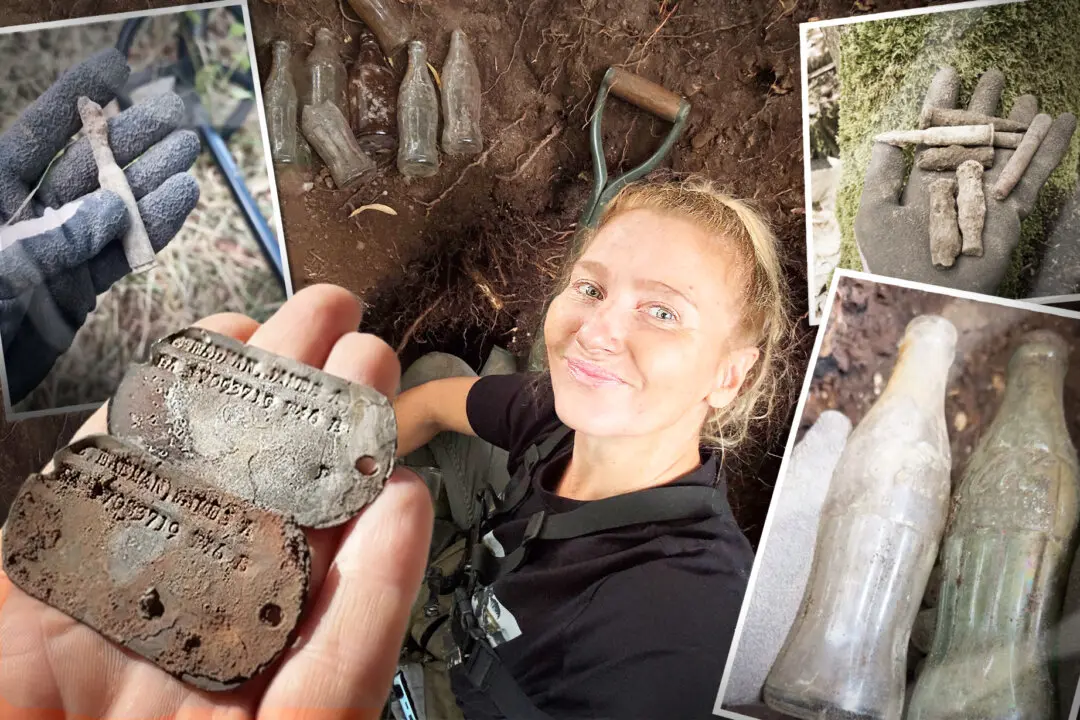From the backyard of a residence in the city of Pombal, Portugal, a team of paleontologists excavated the enormous fossilized rib cage of what could be the largest dinosaur ever found on the continent of Europe.
It was March 2017 when a homeowner in the Monte Agudo locality first stumbled upon bits of prehistoric bone while commencing construction work in his back garden. He promptly contacted scientists, who began digging that same year.






